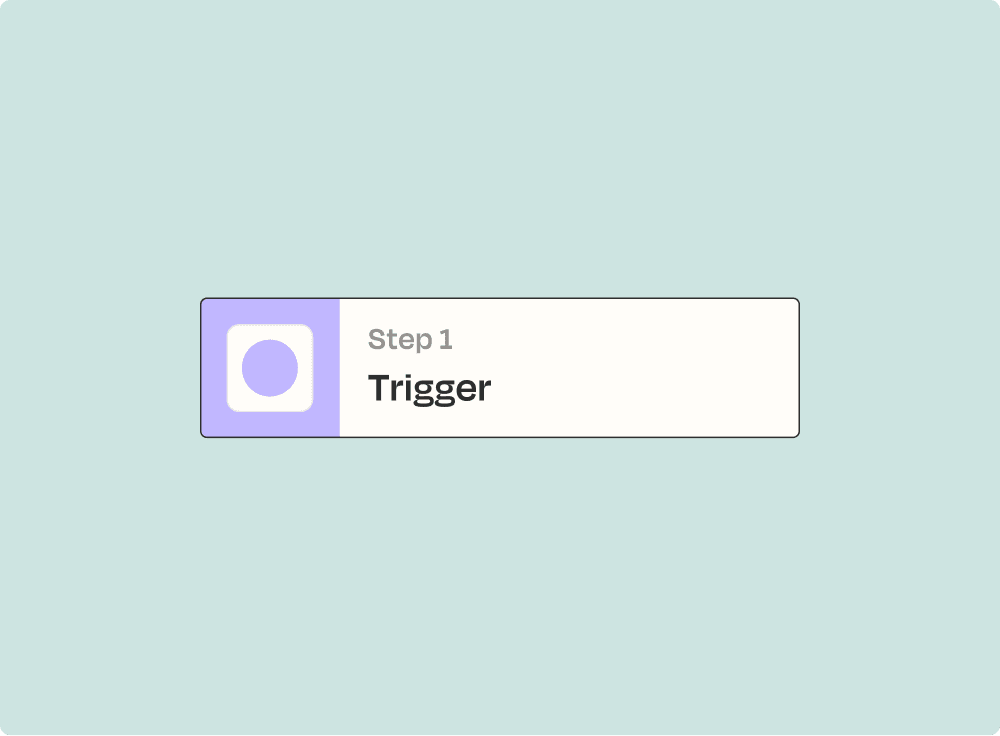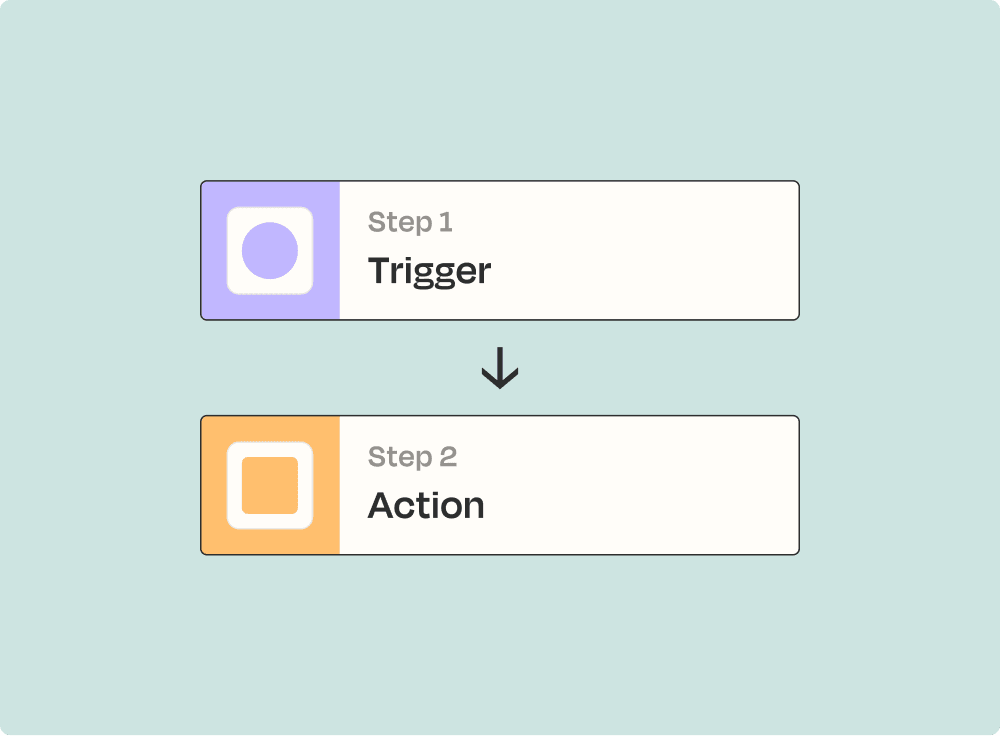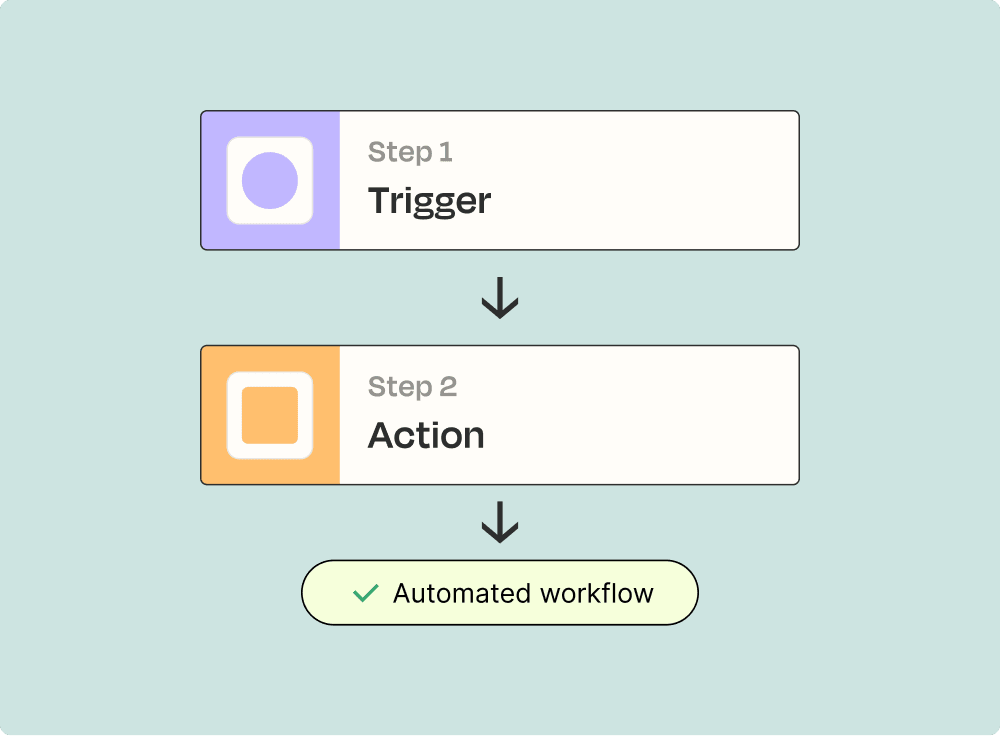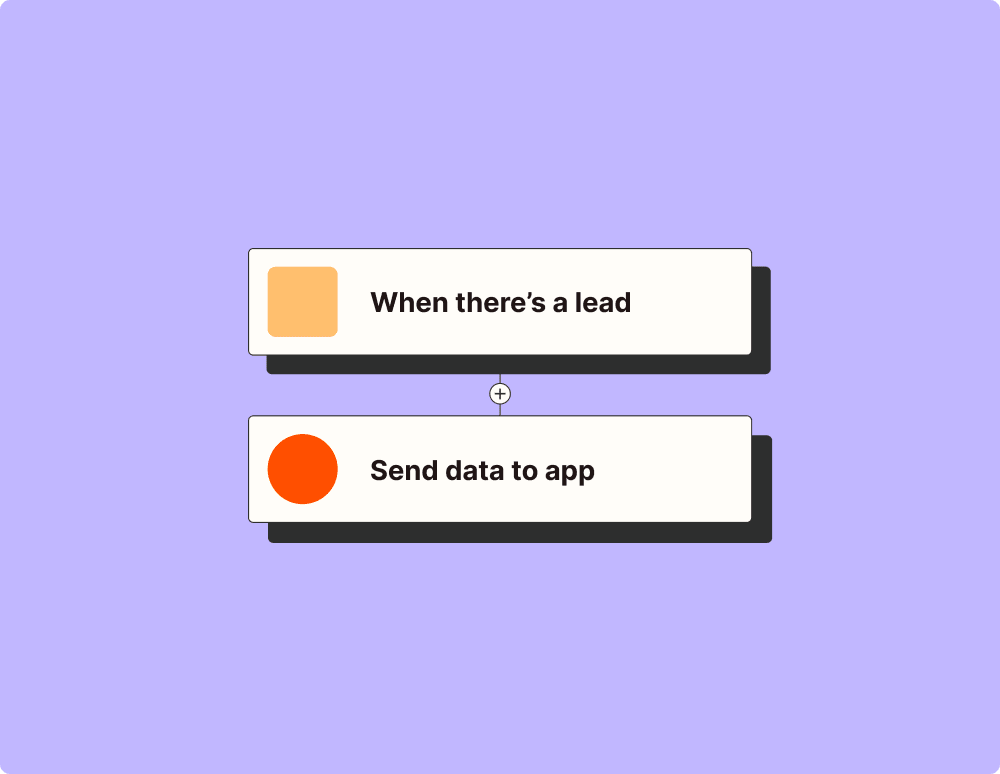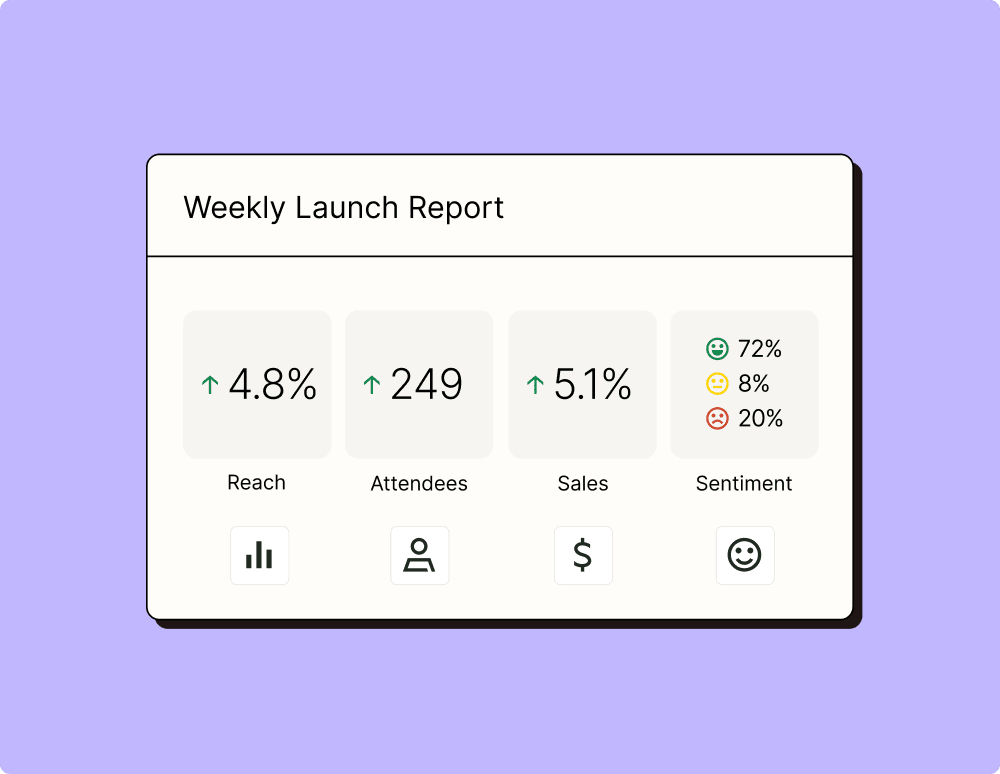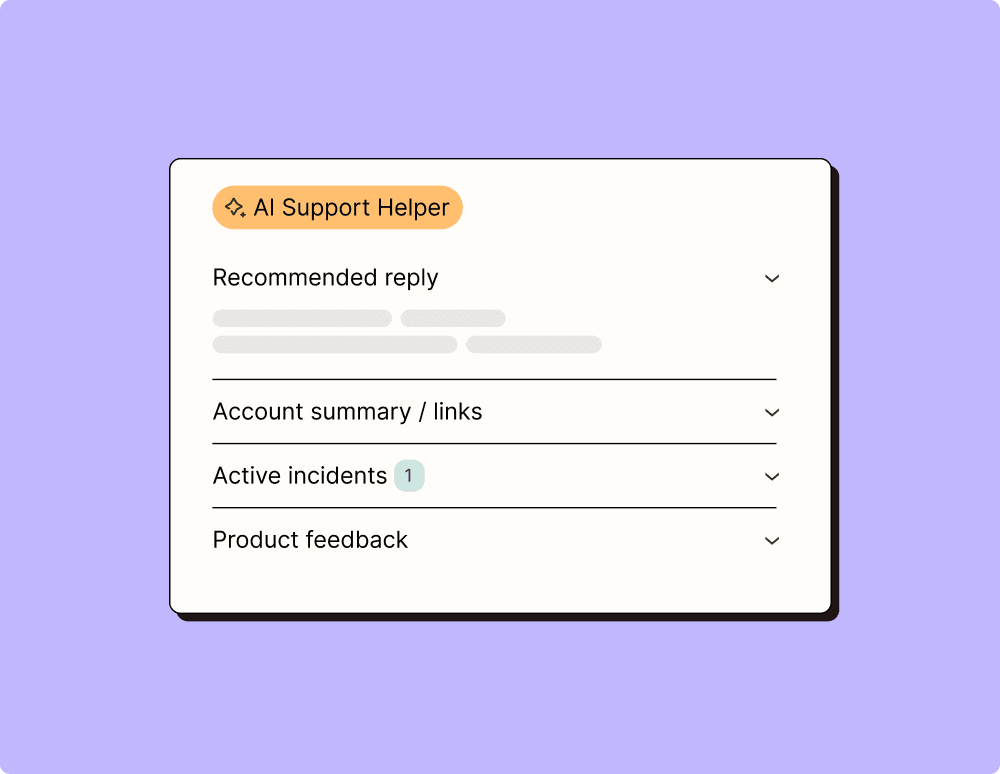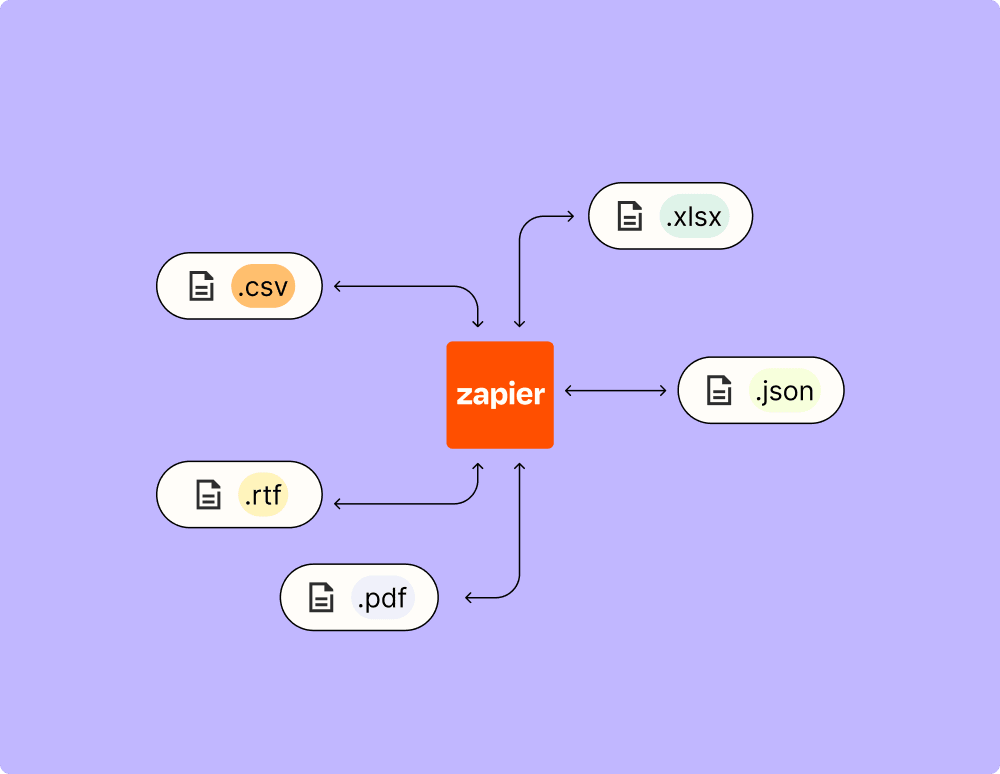Connect Airtable and WordPress to unlock the power of automation
- No credit card required
- Free forever for core features
- 14-day trial for premium features and apps
Set up your first integration
Quickly connect Airtable to WordPress with a Zapier template.
Our most popular template

How Zapier works
Zapier makes it easy to integrate Airtable with WordPress - no code necessary. See how you can get setup in minutes.
Select a trigger from Airtable
Setup an action from WordPress
That’s it! You just connected Airtable to WordPress
Zapier is the automation platform of choice for 87% of Forbes Cloud 100 companies in 2023
93%
Customers who say using Zapier has made them better at their job
25m
Customers have created over 25 million Zaps on the platform
6 mins
The average user takes less than 6 minutes to set up a Zap
Frequently Asked Questions about Airtable + WordPress integrations
New to automation with Zapier? You're not alone. Here are some answers to common questions about how Zapier works with Airtable and WordPress
How can I integrate Airtable with WordPress using Zapier?
You can integrate Airtable with WordPress by setting up automated workflows, known as Zaps, that connect the two platforms. You could, for example, create a Zap that triggers whenever a new record is added in Airtable and automatically creates a corresponding post in WordPress. We offer step-by-step guides within our platform to help you set up these Zaps easily.
What triggers are available for Airtable in a Zapier integration?
In an Airtable and WordPress integration, common triggers for Airtable include 'New Record', 'New Record in View', or 'Updated Record'. These allow you to initiate actions in WordPress based on specific changes or additions in your Airtable tables.
What types of actions can be performed in WordPress when integrating with Airtable?
When integrating with Airtable, you can perform actions like creating or updating posts and pages, uploading media files, or even updating user information within WordPress. These actions occur automatically based on the triggers set from your Airtable database.
Do I need technical skills to integrate Airtable with WordPress via Zapier?
No technical skills are required to integrate Airtable with WordPress using our Zap interfaces. Creating Zaps is straightforward and involves selecting triggers and actions from dropdown menus without any need for coding. Our user-friendly interface is designed so anyone can automate workflows effortlessly.
How do I handle updates in my records from Airtable to reflect on my WordPress site?
You can handle updates by creating a Zap that uses the 'Updated Record' trigger in Airtable. This would then automatically update the corresponding post or record on your WordPress site whenever changes are made in your specified views within Airtable.
Are there limitations on the number of records that can be transferred between Airtable and WordPress?
Our platform handles numerous records efficiently; however, it's good practice to check both your plan limits on Zapier and any API restrictions from both Airtable and WordPress for large-scale data handling. This ensures smooth data transfer without hitting unexpected caps.
Can I customize data transferred from an Airtable record to a new post on my WordPress site?
Yes, you have the flexibility to map fields from your Airtable records directly into your WordPress posts or templates as part of the action setup when creating a Zap. This allows precise customization of how data appears once transferred to your site.
Supported triggers and actions
Zapier helps you create workflows that connect your apps to automate repetitive tasks. A trigger is an event that starts a workflow, and an action is an event a Zap performs.
- BaseRequired
- TableRequired
- Limit to View
- Include attachment content
Try ItTriggerPolling- BaseRequired
- TableRequired
ActionWrite- BaseRequired
- TableRequired
- Help Text
- Primary lookup fieldRequired
- Secondary lookup field
ActionWrite- BaseRequired
- TableRequired
- RecordRequired
ActionWrite
- Help Text
- BaseRequired
- TableRequired
- Last modified time columnRequired
- Limit to View
- Include attachment content
Try ItTriggerPolling- CacheCopy
- BaseRequired
- TableRequired
ActionWrite- BaseRequired
- TableRequired
- RecordRequired
ActionWrite- Api_docs_info
- Stop on errorRequired
- HTTP MethodRequired
- URLRequired
- Query string parameters
- Additional request headers
- Body
ActionWrite
